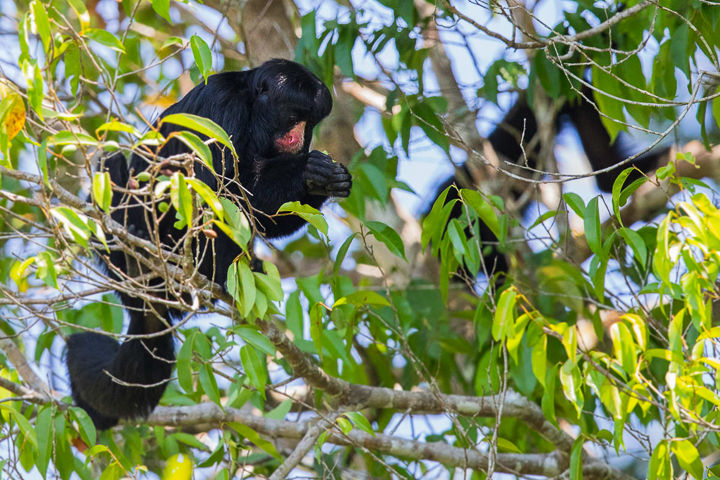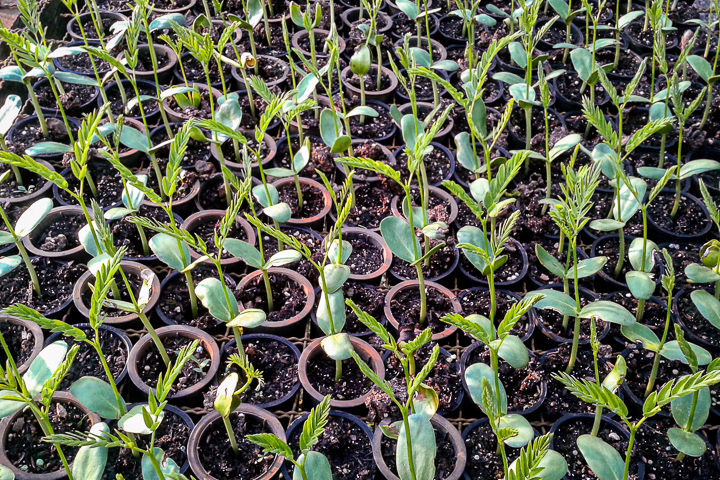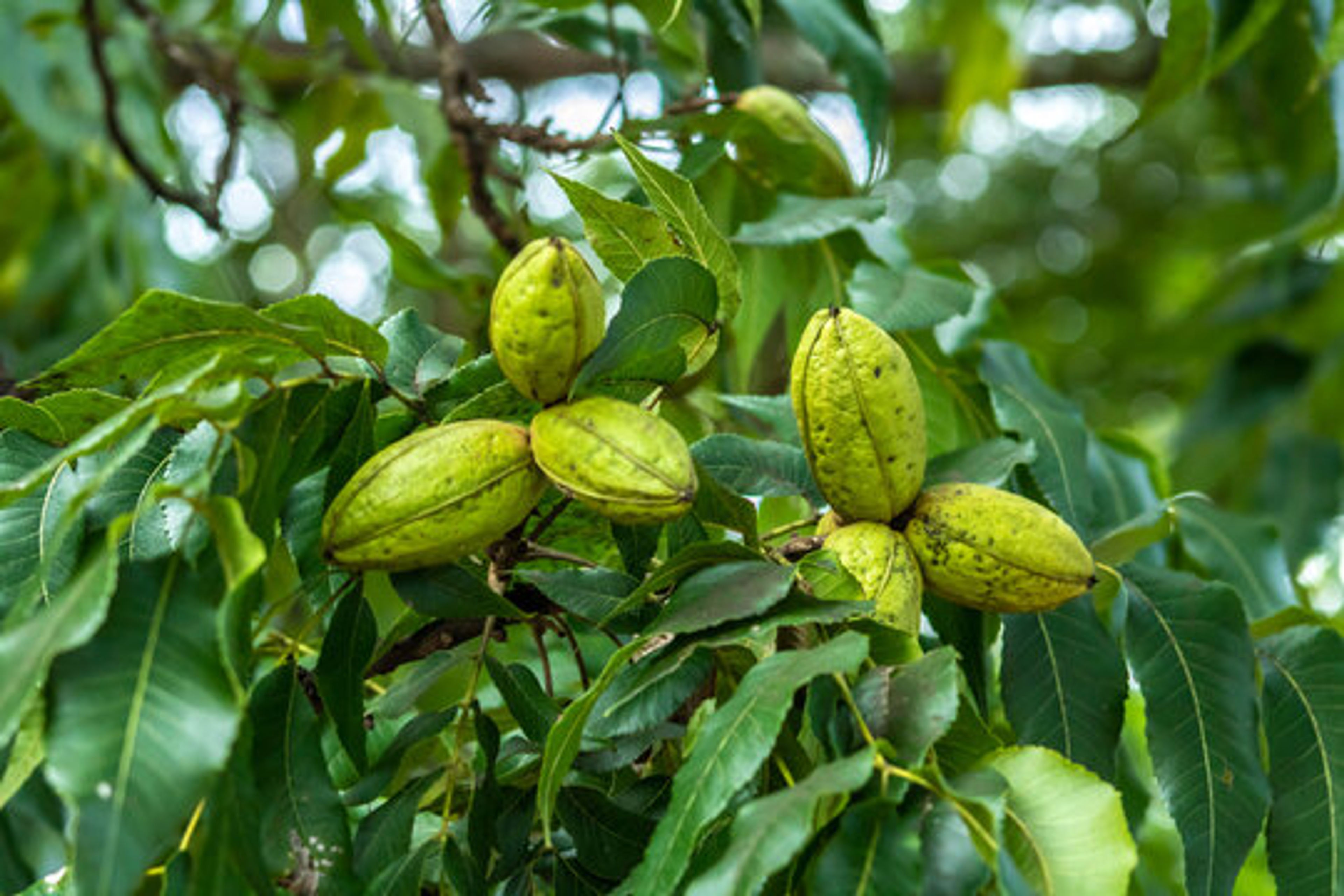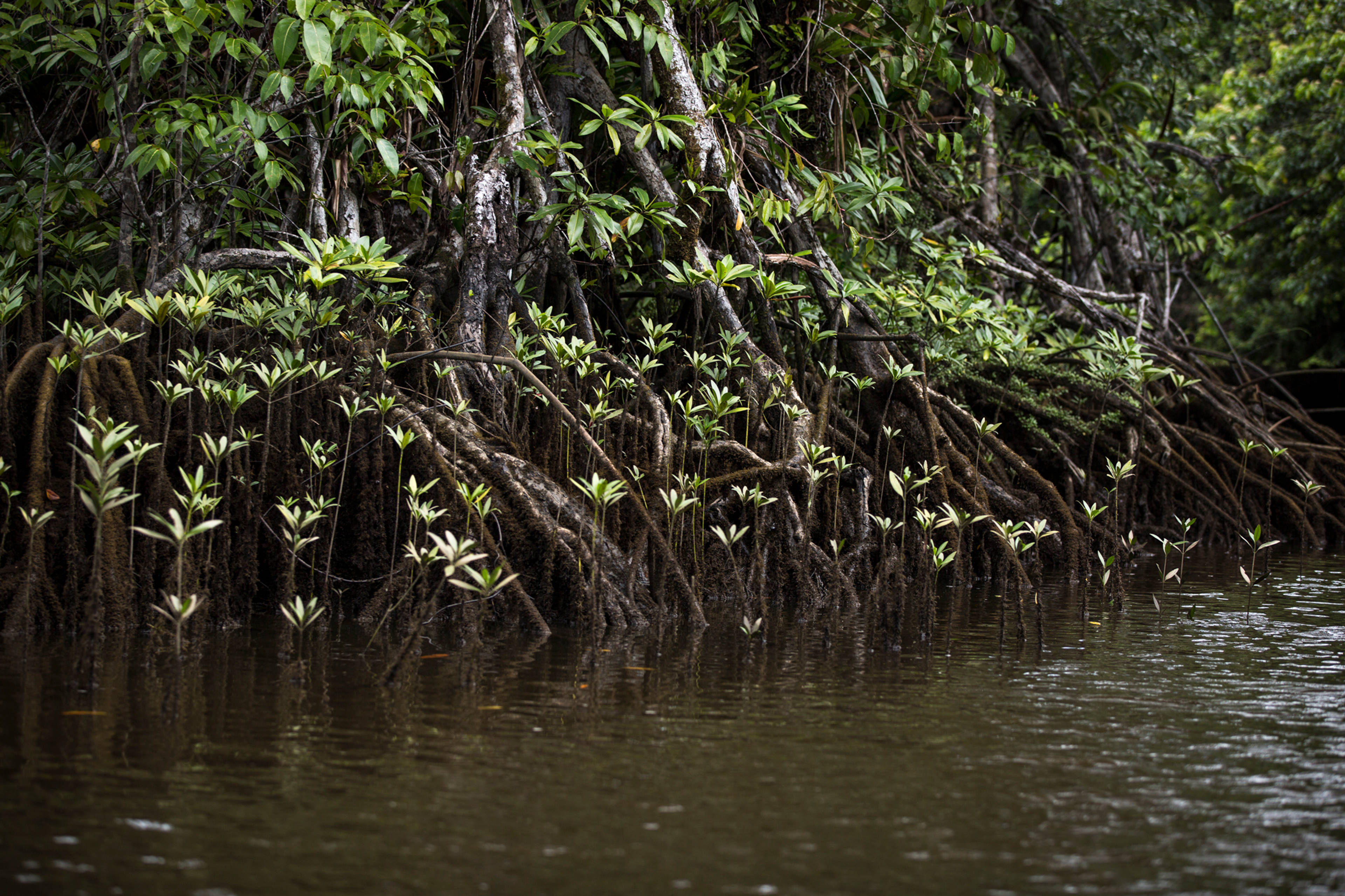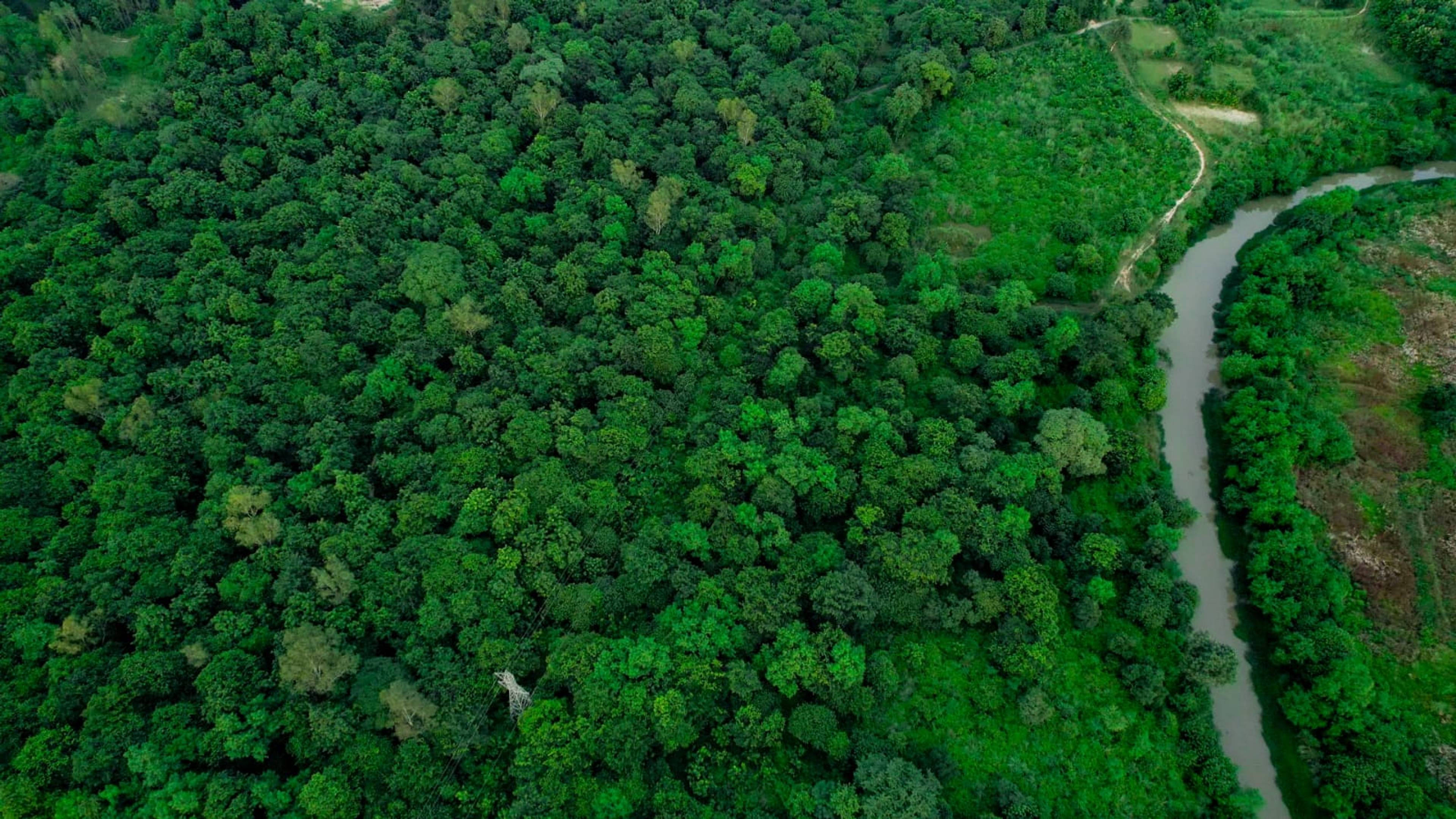Giving back to the land and surrounding communities
In the early 1980s, the Fazenda was held by a stockbreeder who created pastures and exploited a part of the forest for coffee production. In 1999, the ONF (a French public entity managing forests in France and French Guyana) acquired the land to start this project.\n \nA local nursery, managed by ONF Brasil and the local population, was installed inside the Fazenda, from which seedlings are used for reforestation activities with a set allotment given to surrounding local communities through a seed donation program. The project also sources from another local nursery and has planted 30 local tree species.
Fazenda São Nicolau is particularly noted for its value as a scientific resource. The project hosts one of the world’s few carbon flux towers, an instrument used to measure CO2 gas exchange.
2M+
Trees planted throughout the project since 1999
500k
Tons of CO2 sequestered throughout project’s lifetime

Small seedlings being cultivated at the project.


